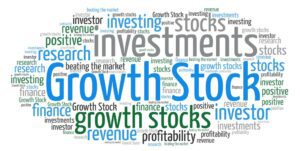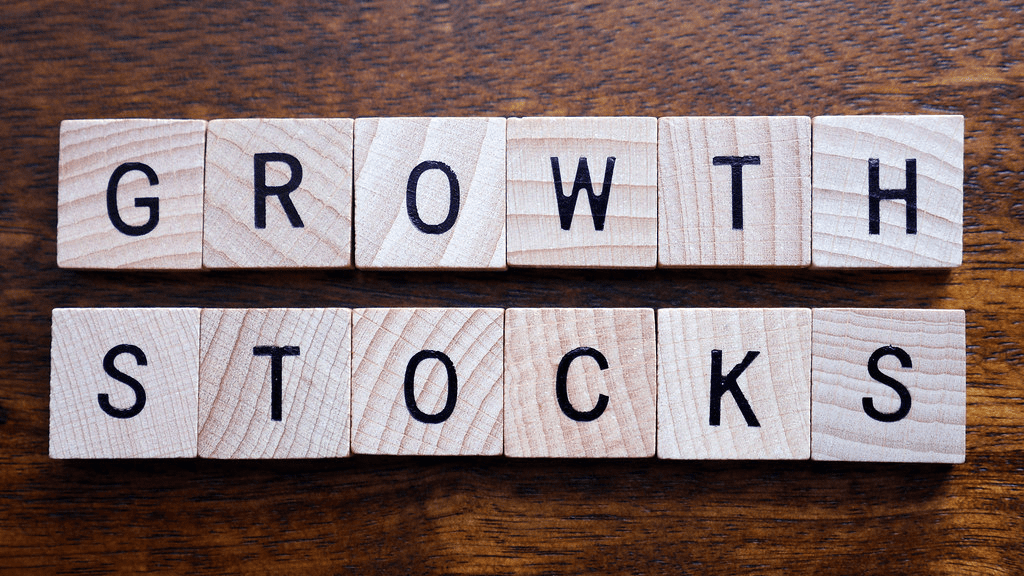
Growth Stocks vs. Value Stocks: A Comprehensive Guide
Contents
- 1 Growth Stocks vs. Value Stocks
- 1.1 Growth Stocks vs. Value Stocks: A Comprehensive Guide
- 1.2 Introduction to Growth and Value Stocks
- 1.3 Understanding Growth Stocks
- 1.4 Understanding Value Stocks
- 1.5 Comparing Growth Stocks and Value Stocks
- 1.6 How to Choose Between Growth and Value Stocks
- 1.7 Conclusion
- 1.8 Frequently Asked Questions (FAQs)
- 1.9 Growth Stocks vs. Value Stocks
- 1.10 Avoid These Costly Mistakes in Stock Trading—A Must-Read Guide for Every Investor
Growth Stocks vs. Value Stocks
Growth Stocks vs. Value Stocks: A Comprehensive Guide
Investing in the stock market involves choosing between different types of stocks, each with its unique characteristics and potential returns. Two primary categories are growth stocks and value stocks. Understanding the differences between these two types of stocks can help you make informed investment decisions. This article provides a detailed comparison of growth stocks and value stocks, including their definitions, advantages, disadvantages, and practical examples.


Introduction to Growth and Value Stocks
Before diving into the specifics of growth and value stocks, it’s essential to understand what differentiates them. Both categories represent distinct investment approaches with unique characteristics, risks, and potential rewards.
Understanding Growth Stocks
Definition and Characteristics
Growth stocks are shares in companies expected to grow at an above-average rate compared to other companies in the market. These stocks are typically characterized by high revenue growth, increasing earnings, and often reinvest their profits into expanding their operations rather than paying dividends.


Key Characteristics:
- High P/E Ratios: Growth stocks often have high Price-to-Earnings (P/E) ratios due to their anticipated future earnings.
- Reinvestment of Profits: Companies reinvest profits into research and development, new products, or market expansion.
- Rapid Revenue Growth: These companies experience significant and consistent revenue and earnings growth.
Examples of Growth Stocks
- Amazon (AMZN): Amazon is known for its rapid growth and continuous expansion into new markets and services.
- Tesla (TSLA): Tesla’s innovative technology and strong revenue growth in the electric vehicle sector exemplify a growth stock.
Advantages of Growth Stocks
- High Potential Returns: Growth stocks have the potential for substantial capital appreciation due to their rapid growth.
- Innovation-Driven: Investment in companies at the forefront of innovation can lead to significant gains as these companies often disrupt traditional industries.
- Market Leadership: Many growth stocks are leaders in their respective industries, benefiting from market dominance and brand recognition.
Disadvantages of Growth Stocks
- High Volatility: Growth stocks can be highly volatile, with prices swinging significantly based on market sentiment and company performance.
- No Dividends: Growth companies often reinvest their profits rather than paying dividends, which may not appeal to income-focused investors.
- Overvaluation Risk: High P/E ratios can lead to overvaluation, making growth stocks risky if the anticipated growth does not materialize.


Understanding Value Stocks
Definition and Characteristics
Value stocks are shares in companies that appear to be undervalued compared to their intrinsic value. These stocks typically have lower P/E ratios and are often characterized by stable earnings and dividends.
Key Characteristics:
- Low P/E Ratios: Value stocks often have lower P/E ratios, suggesting they are undervalued relative to their earnings.
- Stable Earnings: These companies usually have a history of stable earnings and dividends.
- Undervalued: The stock price is lower than the company’s intrinsic value, presenting potential investment opportunities.
Examples of Value Stocks
- Johnson & Johnson (JNJ): Known for its stable earnings and strong dividend history, JNJ represents a classic value stock.
- Procter & Gamble (PG): With a strong history of stability and dividends, PG is often seen as a value investment.
Advantages of Value Stocks
- Stable Income: Many value stocks pay regular dividends, providing a steady income stream for investors.
- Lower Risk: Value stocks are often less volatile than growth stocks, providing a safer investment option during market downturns.
- Potential for Appreciation: If the market recognizes the true value of these stocks, they can provide significant capital appreciation over time.
Disadvantages of Value Stocks
- Lower Growth Potential: Value stocks may not experience the rapid growth seen in growth stocks, potentially leading to lower capital appreciation.
- Value Traps: Sometimes, a stock appears undervalued due to fundamental issues within the company, leading to poor performance despite the low valuation.
- Slow Growth: The companies behind value stocks often grow at a slower pace, resulting in less excitement and potentially lower returns.


Comparing Growth Stocks and Value Stocks
Investment Strategies
When investing in growth vs. value stocks, your strategy will depend on your investment goals and risk tolerance.
- Growth Investing: Focuses on investing in companies with high growth potential. This strategy is suitable for investors seeking high capital appreciation and who can tolerate volatility.
- Value Investing: Centers around buying undervalued stocks and holding them for the long term. This strategy is ideal for investors looking for stable returns and income through dividends.
Risk and Return Profiles
- Growth Stocks: Offer the potential for high returns but come with higher risk due to their volatility and the uncertainty surrounding their future growth.
- Value Stocks: Generally offer lower risk and stable returns, but with potentially lower growth compared to growth stocks.
How to Choose Between Growth and Value Stocks
Personal Investment Goals
Consider your investment objectives when choosing between growth and value stocks:
- If you seek high returns and are comfortable with risk, growth stocks may be the better option.
- If you prefer stability and regular income, value stocks might align better with your goals.
Market Conditions
Market conditions can influence the performance of growth and value stocks:
- Bull Markets: Growth stocks often perform well during bull markets due to investor optimism and higher risk appetite.
- Bear Markets: Value stocks may provide more stability and protection during bear markets, as they are often less volatile.


Conclusion
Understanding the differences between growth and value stocks is crucial for making informed investment decisions. Growth stocks offer the potential for significant capital appreciation but come with higher risk and volatility. In contrast, value stocks provide stability and regular income but may grow at a slower pace. By aligning your investment strategy with your personal goals and market conditions, you can effectively incorporate both types of stocks into your portfolio to achieve a balanced approach.
Frequently Asked Questions (FAQs)
1. Can I invest in both growth and value stocks?
Yes, many investors choose to diversify their portfolios by including both growth and value stocks to balance risk and return.
2. How do I identify a good growth stock?
Look for companies with strong revenue growth, innovative products or services, and a track record of reinvesting profits into expansion.
3. What should I consider when investing in value stocks?
Evaluate the company’s financial health, dividend history, and whether the stock is truly undervalued based on its intrinsic value.
4. Are growth stocks suitable for long-term investment?
Growth stocks can be suitable for long-term investment if you can handle their volatility and believe in the company’s future growth potential.
5. How often should I review my stock portfolio?
Regularly review your portfolio, at least annually, to ensure it aligns with your investment goals and adjust as necessary based on performance and market conditions.





















2 comments